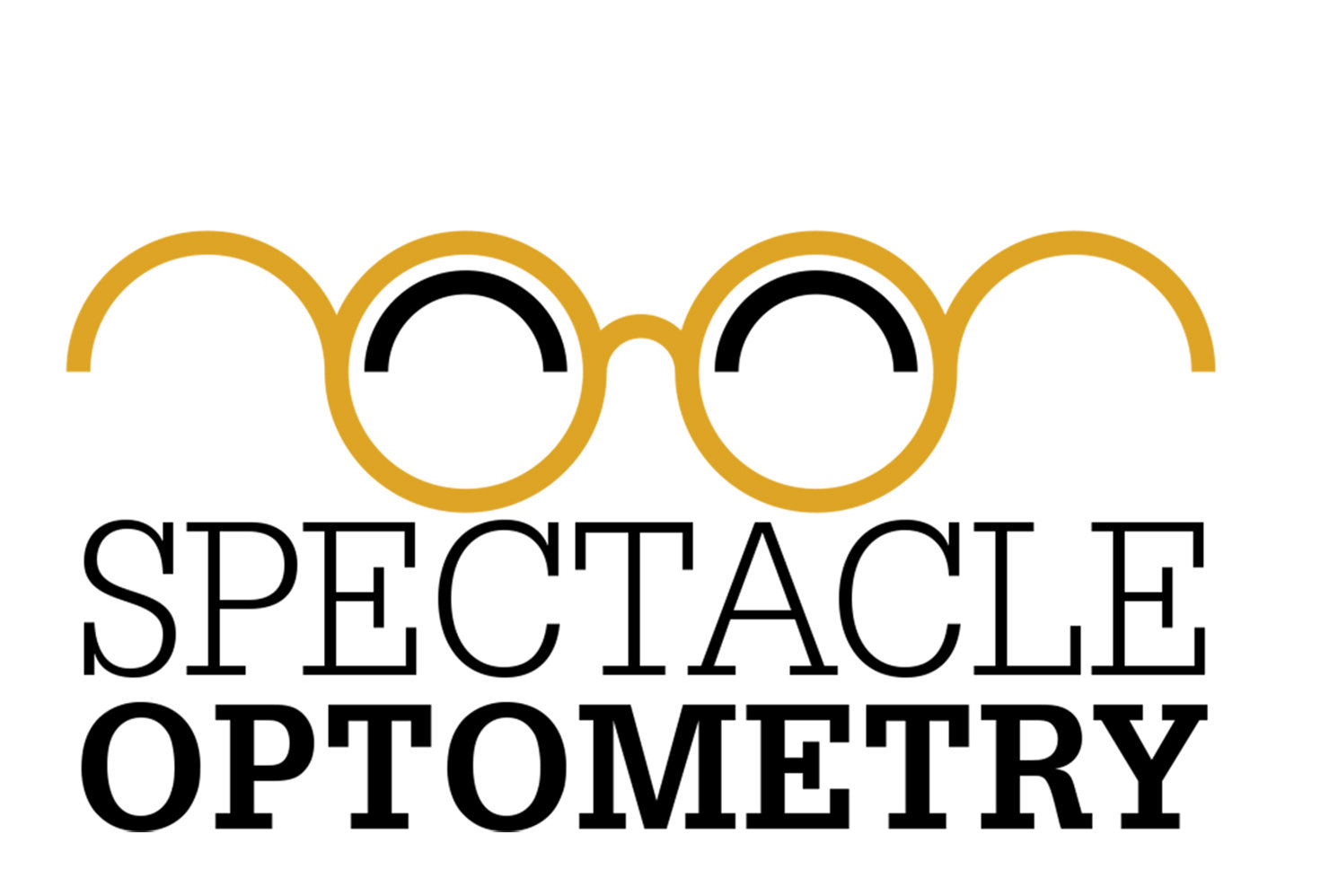A GUIDE TO LENSES
So you picked out the perfect frames… now what?! When it comes to lens options and coatings there are lots of things to consider. For most patients, the polycarbonate material with anti-glare coating is our go-to. However, certain prescriptions may warrant us to recommend other options. We’re going to go over most of the lens options here, so you can be all prepared for your next pair of glasses!
Lens Materials
CR-39: Cheapest plastic material, but tends to scratch easily.
Polycarbonate: Our most recommended material since it is scratch resistant, impact resistant, and lighter than your standard plastic.
High Index: We usually recommend high index for higher prescriptions for the lenses to be the thinnest and lightest they can be. Sometimes we will also recommend high index in smaller prescriptions if the frame you’ve selected is metal or we are concerned about the thickness of the lens being seen.
Brown photochromic lens on the left and a gray photochromic lens on the right!
COATINGS
Anti-glare: We especially recommend anti-glare coating in higher prescriptions or those with astigmatism as glare is more of an issue. However, if it was up to us, we would never make a lens without it! Anti-glare coating helps with those pesky streaky lights or headlight glare you often see at night. It also makes it so you don’t have lights reflecting off your lenses in pictures as well.
Blue Blocker: Blue blocker coatings will come with anti-glare, but not usually as good of an anti-glare coating as if it were by itself. The blue blockers can come in an array of tints, some yellowish and some more purple in hue. They are supposed to help with screen fatigue, eyestrain, and keep your circadian rhythms intact (keeping you tired at night and not up all night on your phone!). However, studies are mixed on if this makes a huge impact or not. Some of our patients find it to be extremely helpful, while others don’t notice a difference and would prefer their lenses not tinted. We say it is up to you!
Photochromic: Photochromic, otherwise known by the Essilor branded Transitions lenses, will tint your lenses once you step outside and go back to clear indoors. Some patients find this extremely helpful and convenient. Others prefer separate, darker pair of sunglasses. Check out our previous blog to know the ins and outs of these lenses here. Again, we think this is a personal preference on what you prefer!
We hope this quick guide to your lens options helped to get you all ready to get exactly what you want out of your new lenses! We’re excited to help you get your best pair of glasses yet. Stop by our optical so we can help you in person. See you soon!





